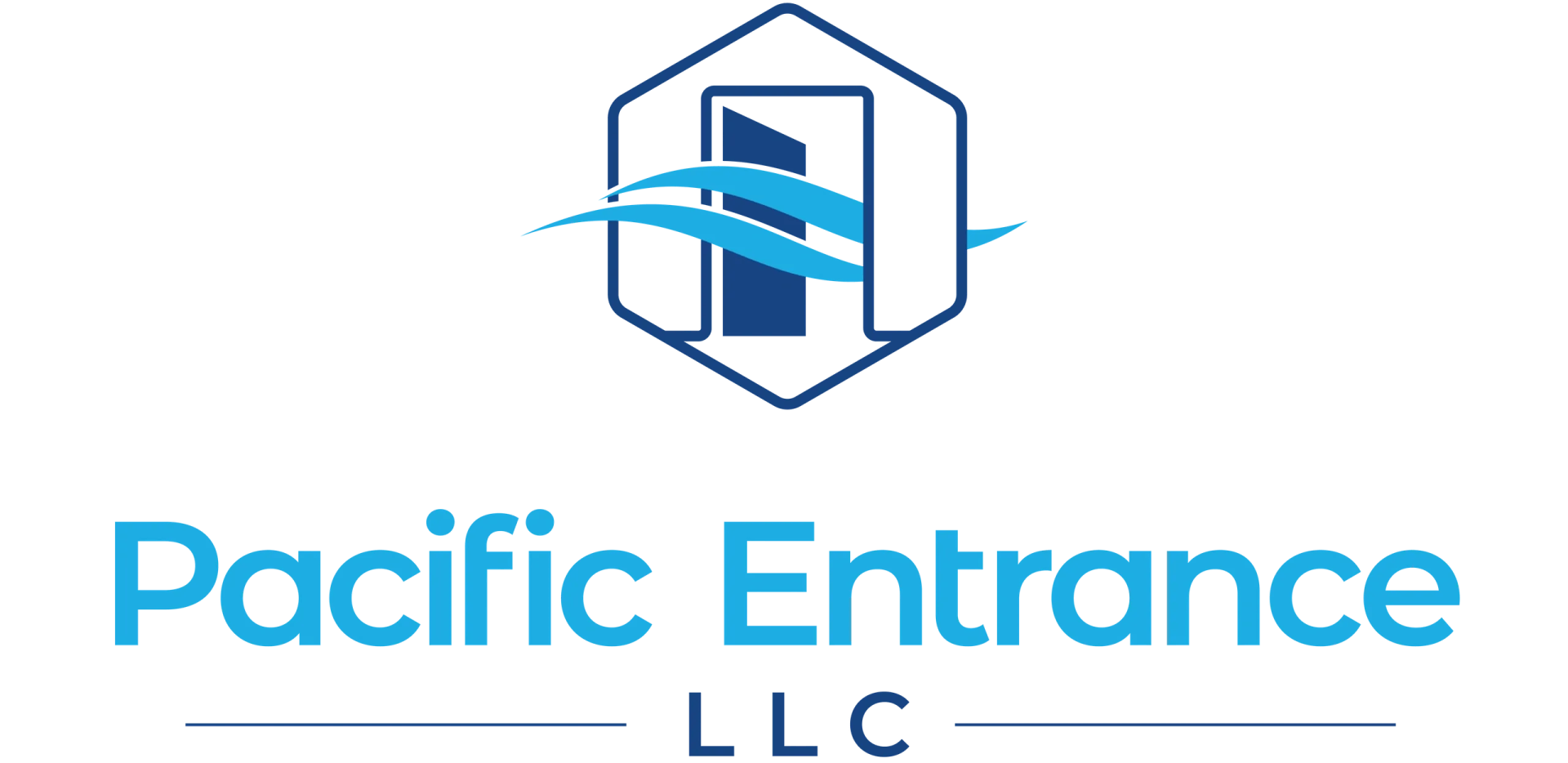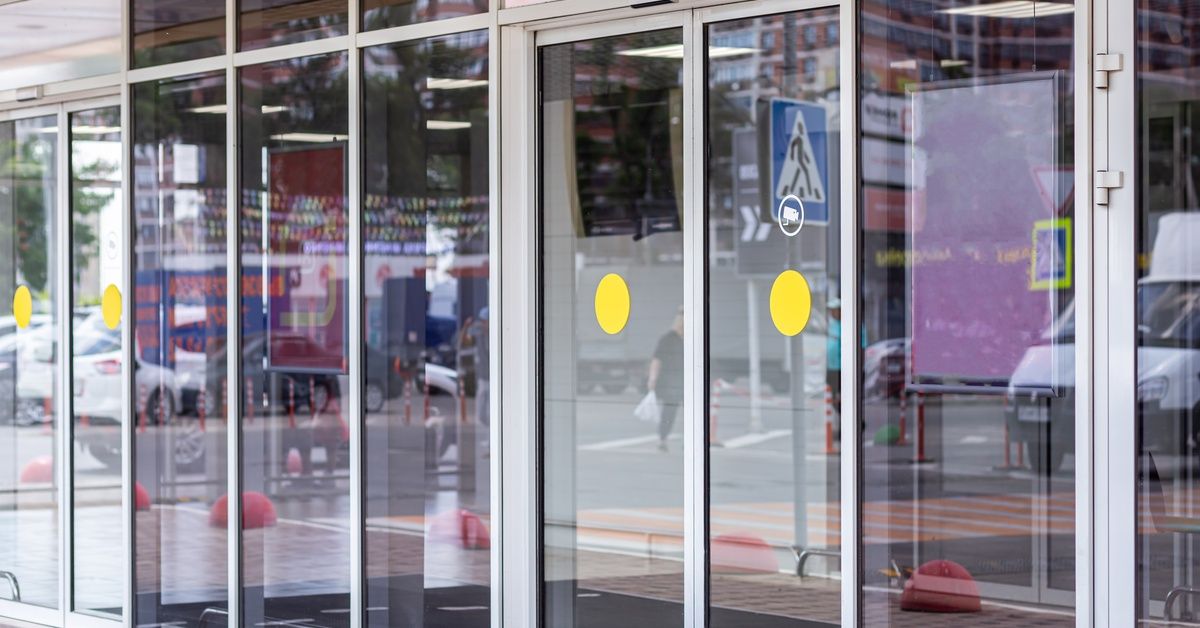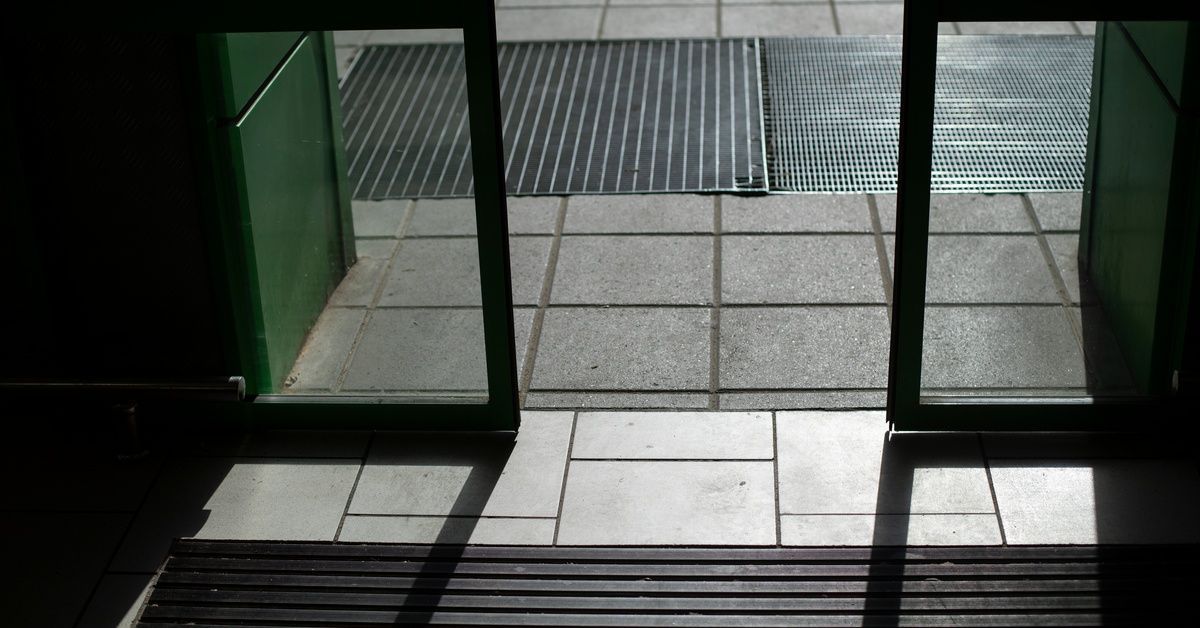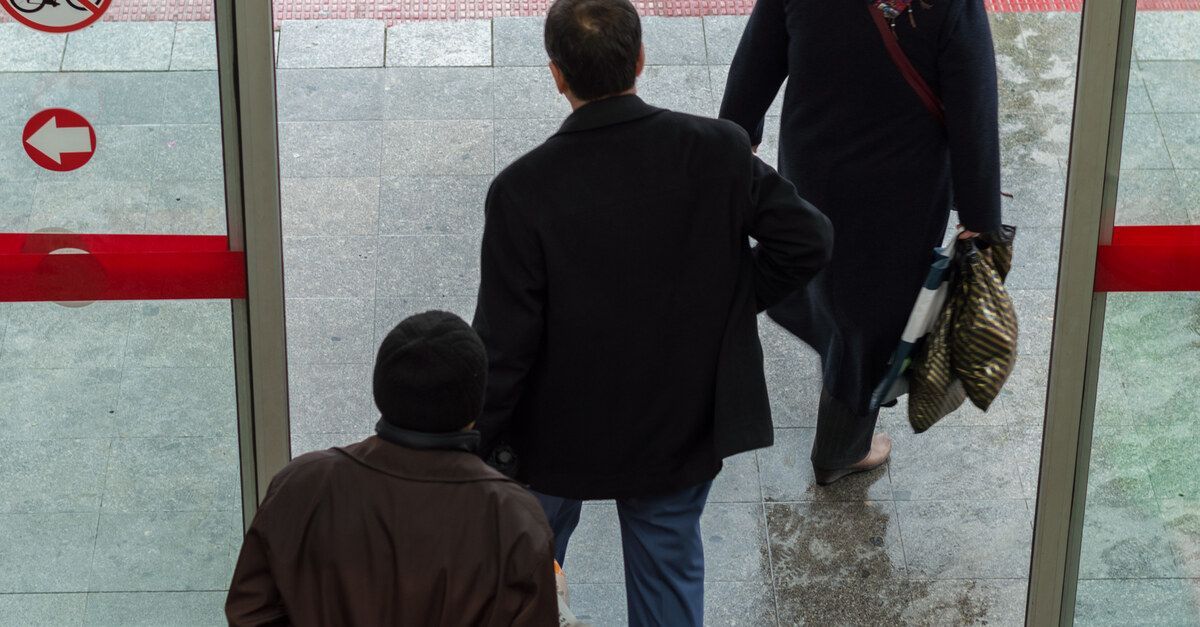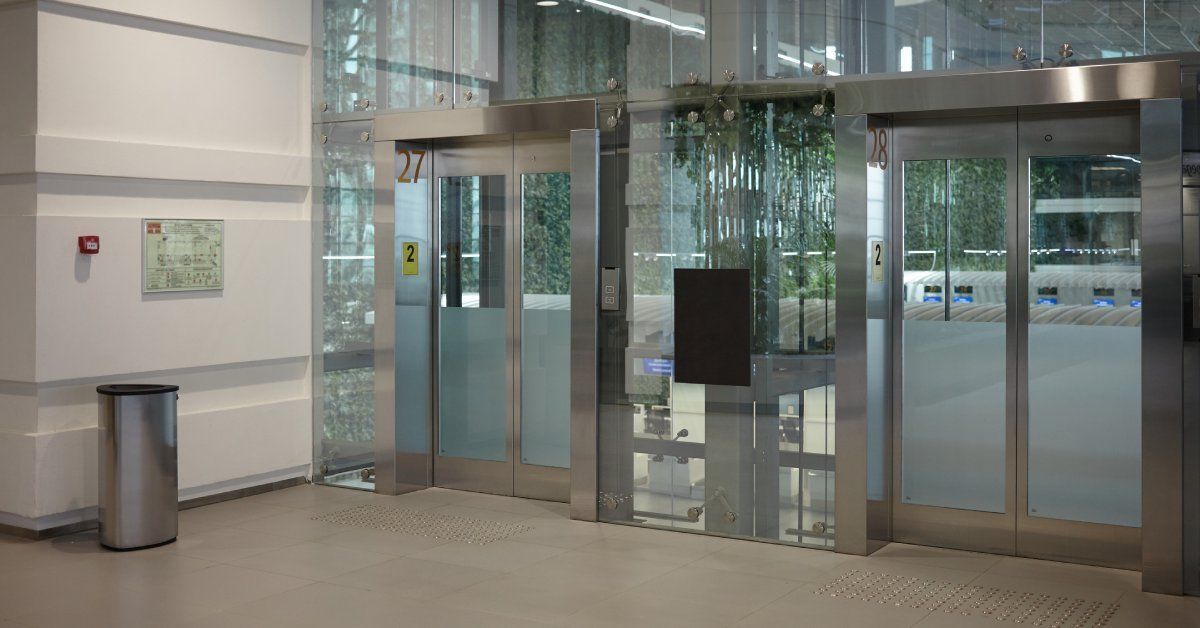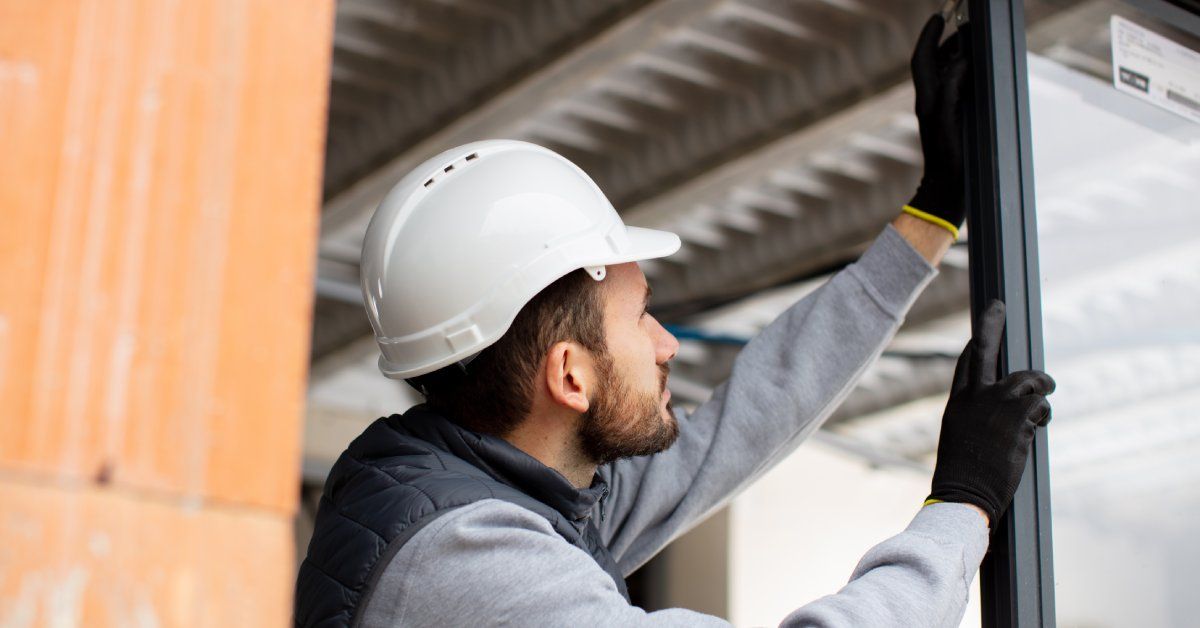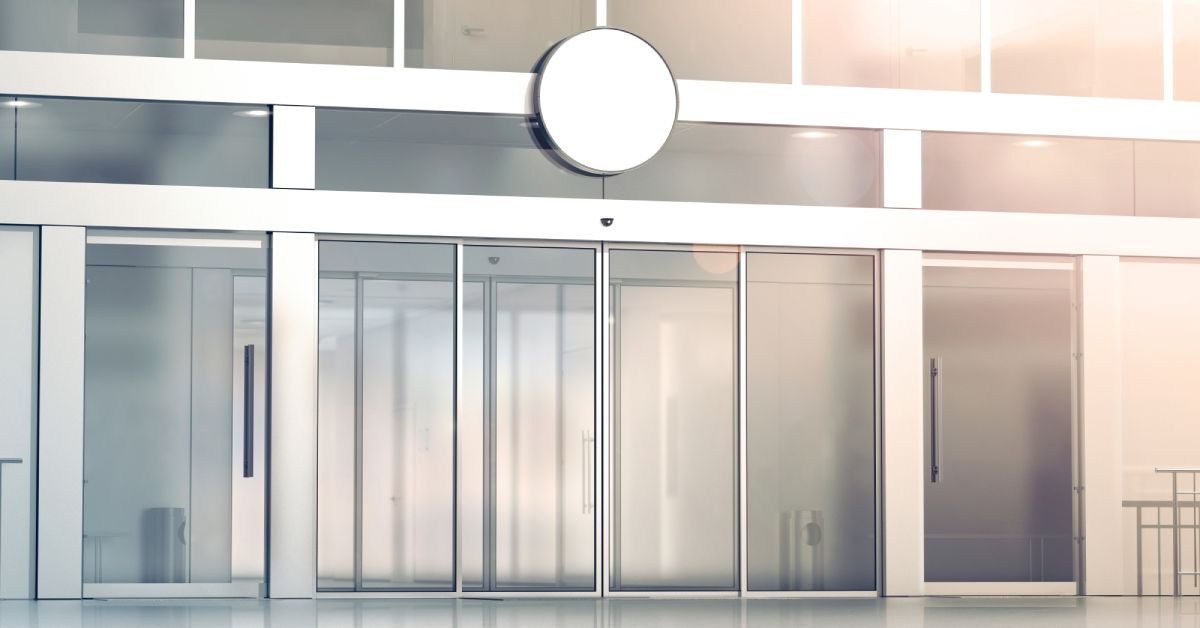5 Ways Automatic Sliding Doors Have Improved Over Time
Automatic sliding doors have become a staple in various commercial and public spaces, offering convenience, efficiency, and security. Their evolution over time has made them integral to modern architecture and facility management. Keep reading to delve into the five ways that automatic sliding doors have improved over time, enhancing their functionality and user experience.
Ease of Use
The primary advantage of automatic sliding doors lies in their ease of use. Initially, these doors were a novelty, often found in high-end establishments or public spaces. However, advancements in technology have made them more accessible and user-friendly.
Today, automatic sliding doors come equipped with sensors that detect movement or proximity, allowing for hands-free operation. This feature is particularly beneficial in hospitals, airports, and shopping centers, where ease of access is paramount.
The improvements in sensor technology have made doors more responsive, reducing wait times and improving traffic flow.
Increased Energy Efficiency
Energy efficiency has become a crucial consideration in building design and operation. Automatic sliding doors have evolved to meet these demands, offering better insulation and energy-saving modes.
Contemporary models minimize air conditioning and heating loss thanks to tighter seals and the ability to adjust opening and closing speeds based on traffic volume.
These features help reduce energy consumption and contribute to a building’s sustainability efforts.
Enhanced Security Features
Security is a top priority for any facility, and automatic sliding doors have advanced significantly in this area. Modern doors are now equipped with integrated security features, such as built-in alarms, lock-down capabilities, and connectivity to security systems.
These features enable a higher level of control over who enters and exits a building, enhancing safety for occupants and assets. Additionally, facility managers can program doors to remain locked during specific hours, adding an extra layer of security.
Integration With Smart Technology
The integration of smart technology with automatic sliding doors represents a leap forward in building management and user convenience. Doors can now be part of a building's overall smart system, allowing for remote monitoring, operation, and diagnostics.
This connectivity enables facility managers to adjust settings from afar, receive alerts about malfunctions, and gather data on door usage. These features can inform maintenance schedules and inspire operational improvements.
Improved Materials and Design
Finally, the materials and design of automatic sliding doors have seen remarkable enhancements. Manufacturers now use more durable, lightweight materials that can withstand high traffic and environmental conditions.
The aesthetic appeal of doors has also improved, with sleek designs and customizable options available to complement any architectural style. These improvements can help extend the lifespan of the doors and enhance the visual appeal of the spaces they occupy.
It’s clear that automatic sliding doors have improved over time. They are now an indispensable feature in modern buildings, contributing to operational efficiency, security, and user satisfaction.
As technology continues to advance, we can expect further improvements in these areas, making automatic sliding doors even more integral to our daily lives.
Businesses looking to upgrade or maintain their doors can seek professional commercial door repair in Seattle from Pacific Entrance. Our team will ensure these advanced features continue functioning at their best, keeping buildings accessible, secure, and energy efficient.
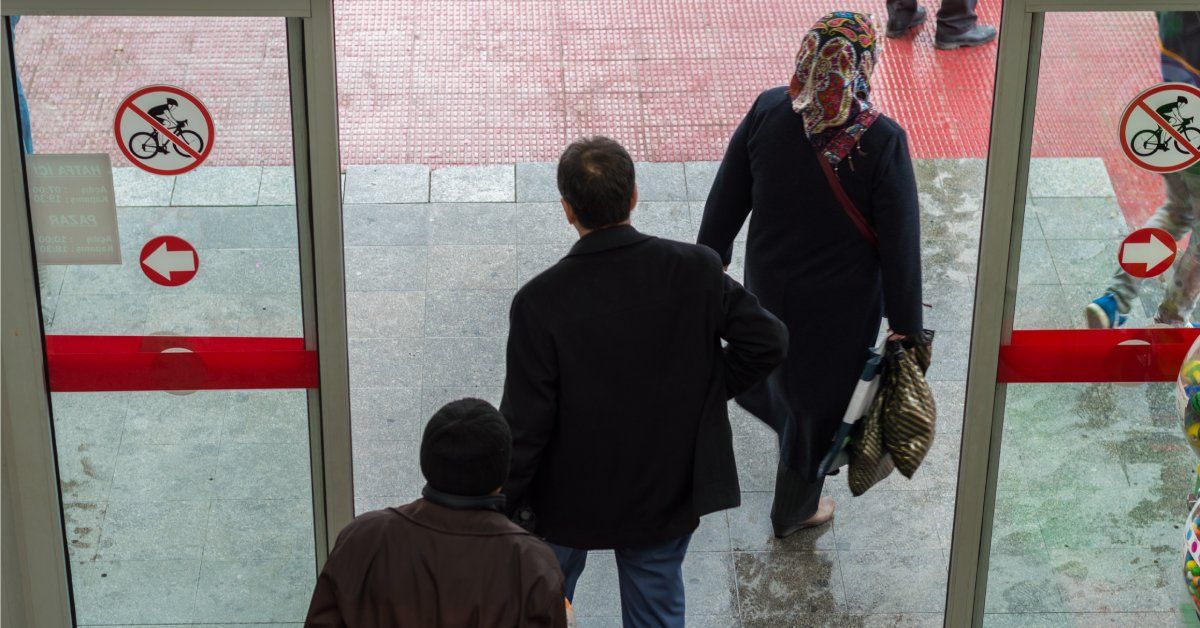
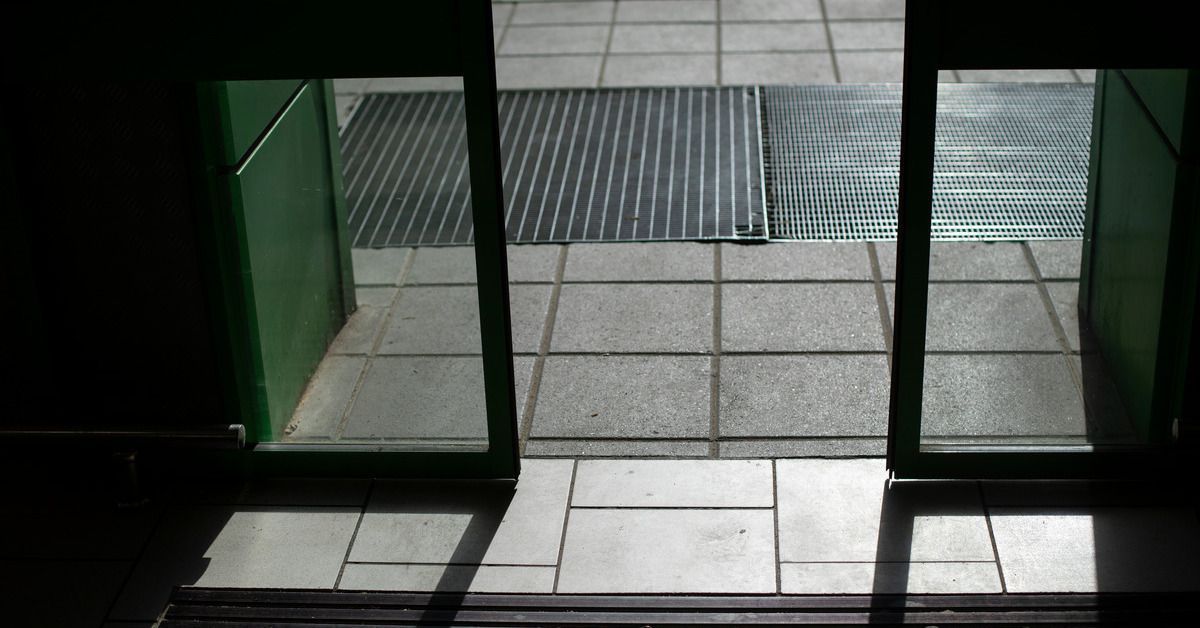
LICENSING INFORMATION
Washington: PACIFEL801B7 | Oregon: CCB 229189
LICENSING INFORMATION
Washington: PACIFEL801B7
Oregon: CCB 229189
headquarters
1788 S Harrier Rd.
Ridgefield, WA 98642
All Rights Reserved | Pacific Entrance, LLC.
